Portrayal of disability through Bollywood films over the years
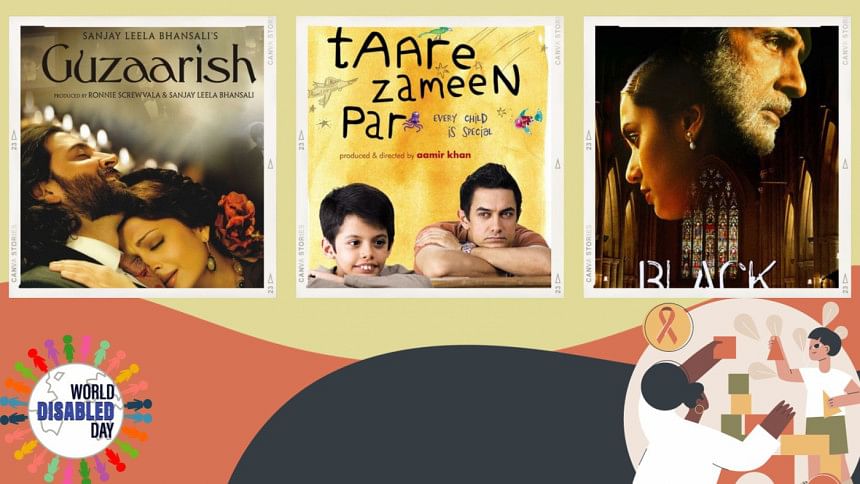
Bollywood has undergone significant transformations over the years, reflecting changes in societal norms and perceptions. One aspect that has witnessed notable evolution is the portrayal of disability in films. From stereotypical representations to more nuanced and empathetic depictions, the industry has played a crucial role in shaping public attitudes towards people with disabilities. In commemoration of the World Day of Persons with Disabilities, we delve into the journey of disability portrayal in Bollywood films, exploring shifts in narratives and their impact on societal perceptions.
In the early days, Bollywood often resorted to stereotypical portrayals of disability. Characters with disabilities were either villains or subjects of pity. This era was marked by films that used disabilities as a form of punishment to deliver social messages, thereby perpetuating negative stereotypes and reinforcing misconceptions. Niranjan Pal pioneered the exploration of disability as a form of divine retribution in the 1936 Bombay Talkies film, "Jeevan Naiya". The narrative unfolded with the lead character abandoning his wife due to societal taboos, only to be blinded later and nursed back to health by the same devoted wife. This marked the inception of disability as a punitive measure, reinforcing prevailing social norms.
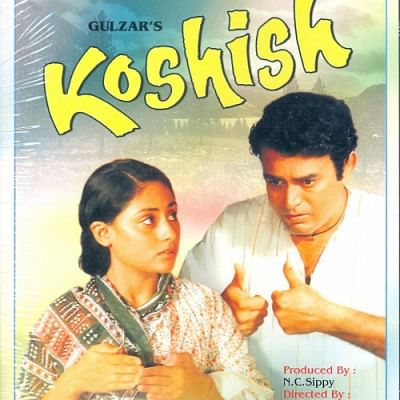
As the industry matured, films like "Kashish" (1972) presented a more complex narrative. The evil character, portrayed by Asrani, torments his deaf sister and brother-in-law, only to face his own punishment by being crippled. This marked a departure from simplistic notions of disability, introducing a more layered understanding of the consequences of one's actions. The turning point came with films like "Koshish" (1972), which followed the struggles and triumphs of a deaf-mute couple, challenging viewers to empathise with the characters' unique journey. The film highlights their self-reliance and the prevalent societal prejudices.
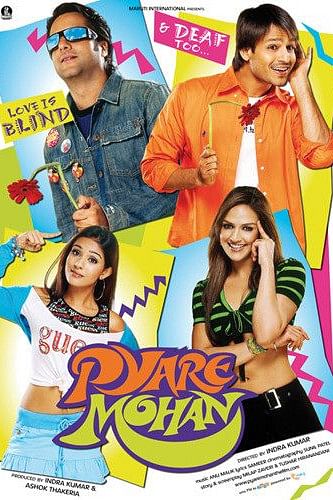
Another gem from this era was "Sparsh" (1980), directed by Sai Paranjpye, which depicted the emotional and psychological aspects of blindness. The film revolves around the life of Anirudh, a blind school principal who emerges as an independent individual, efficiently managing the school and its staff while handling his personal life, including tasks like cooking and cleaning. The film sends a powerful message that individuals with disabilities desire autonomy and reject unwarranted pity and assistance, shedding light on the frustration experienced by many people with disabilities who face societal doubts about their capabilities.
While there was some progress, Bollywood films continued to use characters' disabilities as a source of entertainment, with their limitations serving as comedic elements for the audience. In films like "Tom, Dick and Harry" (2006) and "Pyare Mohan" (2006), the lead characters, each with a different disability, become central to the comedic narrative. Their interactions are played for laughs, potentially perpetuating stereotypes by reducing their disabilities to punchlines.

The entire series of "Golmaal", a blockbuster comedy, relies on Tushar Kapoor's character having a speech disability, intended to be perceived as humorous. By perpetuating the notion that a speech disability is inherently funny, the film inadvertently contributes to the stigmatisation of individuals with such disabilities. Furthermore, the comedic success of the series overshadows the responsibility to portray disability with authenticity and respect.
The 2000s marked a departure from traditional tropes. Sanjay Leela Bhansali's "Black" (2005) tells the story of a visually impaired girl, played by Rani Mukerji, navigating the challenges of her disability. The film is noteworthy for its authentic portrayal of the challenges faced by individuals with sensory impairment, going beyond traditional portrayals of disability and offering a deeper exploration of the character's inner world. Films like "Taare Zameen Par" (2007), exploring dyslexia, sparked conversations about learning disabilities in schools and households. It not only portrayed the challenges faced by these children but also advocated for a more inclusive and supportive educational system. The success of the film illustrates increased awareness about learning differences and has positively contributed to a more empathetic attitude towards these children.
"Guzaarish" (2010) stands as another commendable example for its nuanced and empathetic portrayal of disability. The film tells the story of Ethan Mascarenhas, played by Hrithik Roshan, a former magician who becomes paralyzed from the neck down. Instead of relying on clichés, the movie delves into the emotional and psychological dimensions of his life and addresses his desire for dignity, autonomy, and the right to make decisions about his own life.
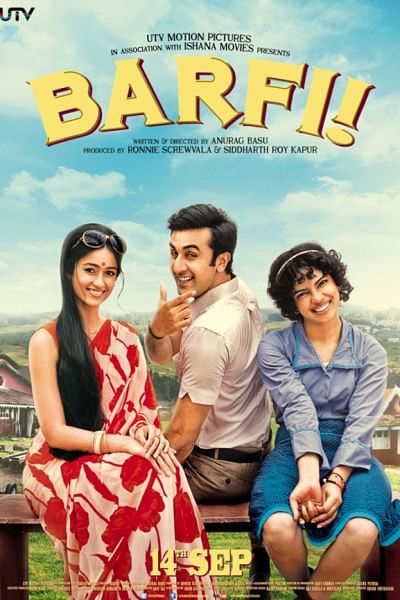
In 2012, "Barfi!" featured Ranbir Kapoor with speech and hearing impairments and Priyanka Chopra as an autistic woman. It introduced a fresh perspective by showcasing characters with different disabilities, offering a more comprehensive representation of the diversity within the community. Instead of using disability as a source of pity or humour, "Barfi!" portrayed these characters with empathy and positivity. The film celebrated the unique abilities of the characters, highlighting their strengths and contributing to a more uplifting and inclusive representation of individuals with disabilities.
While misrepresentations still persist, it is undeniable that Bollywood has come a long way in its portrayal of disability over the years. From reinforcing harmful stereotypes to offering more authentic and empathetic representations, the industry has witnessed a positive transformation. As the audience demands more nuanced and inclusive storytelling, we hope for a future where disability in Bollywood is not just a subplot but a rich and diverse landscape that reflects the true spectrum of these experiences.

 For all latest news, follow The Daily Star's Google News channel.
For all latest news, follow The Daily Star's Google News channel. 








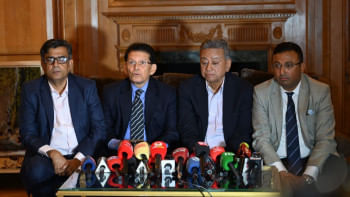
Comments